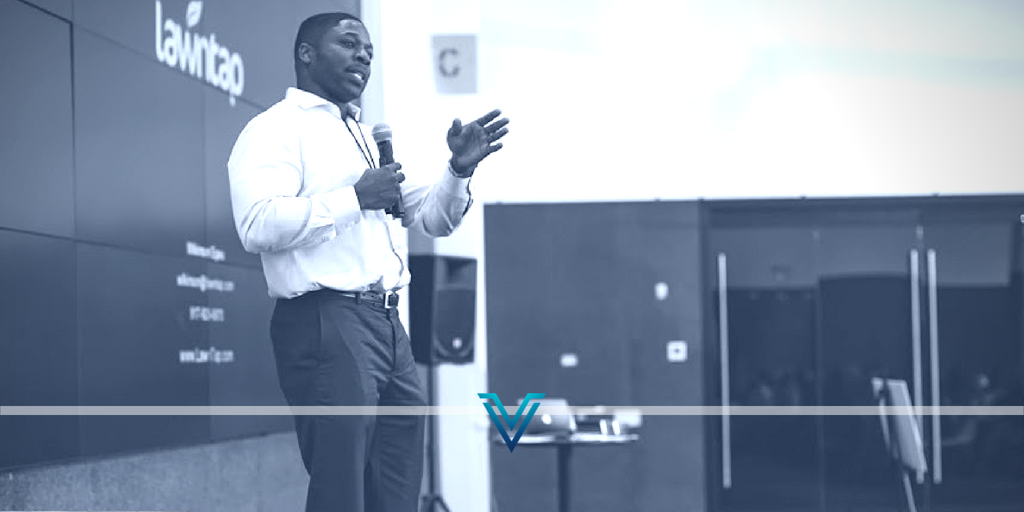When it comes to building your business, skills around hiring, sales, mentors and culture get a lot of attention. These are great, but as anyone who has built a successful business will tell you, they are almost impossible to hone on a daily basis. Company culture and goals can only be honed through habits. And that’s where the rub is. Because if you know how tough it is to break a ‘bad habit’ in your personal life, just imagine that multiplied in your business.
Habit reformers vs. habit normers
“Approximately 45 percent of everyday behaviors tended to be repeated in the same location almost every day,” wrote Duke researchers. What if you could optimize 45 percent or more of the behavior of your business?
Yes, you can, and the difference between setting goals that never get there and goals that are won-and-done is laying in the habits that make them happen. I am convinced habit “reformers”–leaders who understand how to reform their habits– vs habit “normers” –those who are unconscious actors– explains most of the mysterious “X factor” around outperforming leaders versus average ones.
How to build a better business habit
“All in our life, so far as it has definite form, is but a mass of habits,” wrote seminal psychologist William James in 1892. What we didn’t know then, but do know now, is that the brain is a plastic playground where we can update our routines. Charles Duhigg, the author of The Power of Habit, coined the concept of a “keystone habit” to explain a pivotal habit that unlocks a series of behaviors. By changing keystones, you can open entire behavior sets. It works in business much like it works in your personal life. You can break a bad habit or build up a new one by practicing three basic principles.
1. Habits can be relearned any time.
Habit expert Richard O’Connor, Ph.D., wrote in Rewire, that, “the brain produces new cells all the time. Deep in the brain, there are colonies of rapidly dividing stem cells, which can migrate outward and replace any specialized cell in the brain. Plus, we know learning stimulates cell division.” So, you learn something, and you want to apply that learning. You have to tweak the habits of your company to ground the new knowledge in daily practice. The best time? Now. The more you groove an older habit, the more set in stone it becomes.
2. Time and place are the two fundamental triggers.
O’Connor likes to say, “Neurons that fire together, wire together.”
When you walk into your office, what do you do next? When you open your computer, what do you check first? There is generally one next behavior. Rather than work against that, you can use time and place to trigger new behaviors not only in yourself but also in your team. What’s the stand up routine? What is the weekly planning rhythm? Space and time trigger most habitual behavior and so by understanding them as triggers, you can use them to rewire routines. Change desks. Move offices. Repurpose spaces. Free energy and creativity.
A YCombinator founder I was having lunch with today mentioned this example: “Every time we gear up for a board meeting, this one manager has drama around a major client. It distracts the whole team and puts all the attention on sales.” Trigger: board meeting. Habit: highlighting a customer crisis. Reward: sales leader gets more attention. This founder understood habit forming and decided to interrupt the loop.
In general, “the trick in overcoming self-destructive behavior is not so much to strengthen the conscious self so we can control ourselves better, though that helps sometimes. Rather, we must train the automatic self to do things like make wiser decisions unconsciously, ignore distractions, withstand temptations, see ourselves and the world more clearly, and interrupt our reflexive responses before they get us in trouble,” says Richard O’Connor, Ph.D. the author of Rewire. (I added the italics.)
3. Compassion for the process is critical
Many of your habits, or your company’s, are formed out of a desire to be safe. Those fear-based habits can be challenging to overcome, especially emotionally. The tool for the job is compassion. Author and practicing therapist Tim Desmond says self-compassion, “strengthens the parts of your brain that make you happier, more resilient, and more attuned to others.” He says it comforts negative emotions in the present and also can permanently heal negative memories, or negative core beliefs, that get in the way of new practices.
Maybe you struggle with a voice in your head constantly telling you that you’re not strong enough, smart enough, or savvy enough to open that next level of performance. I sure do, and Tim’s approach has helped. Maybe you hear a voice saying your competition’s too tough, the other team’s got more R&D money, or the other firm is better funded. Self-compassion is the practice that can open the door to new, better methods by starting with one of the most subtle: a habit of being kind to yourself. It’s hard to change habits even using triggers if the fundamental company (or self-) narrative is too critical and unkind. Good news: you can always reshape your story.
When you see your company as a collection of habitual responses, you can tweak behavior in ways that make a profound difference. It’s not just about understanding the company’s goals but also understanding the story you’re telling yourself today, the physical triggers, current responses to those triggers, and potential actions that can be retrained. With compassion, an understanding of triggers, and dedication to new practices, you can refine your company’s behavioral DNA. It will look like a superpower, but you’ll know it’s just routine.
first published in Inc.

